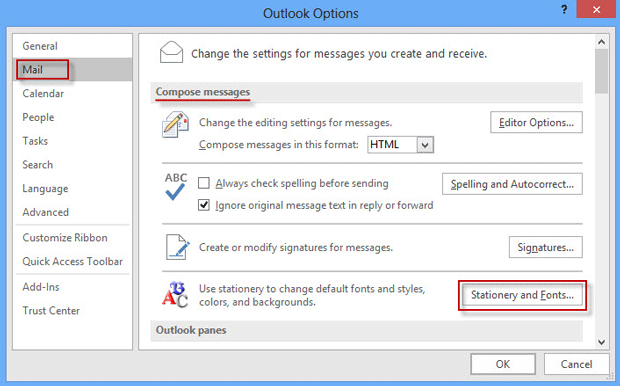

To make changes to Normal.dotm, you must open the file from Word. You can customize the Normal template and change default settings for many aspects of a document, such as text formatting, paragraph formatting, document formatting, styles, text, pictures, AutoText entries, and keyboard shortcuts. On the Format menu, click Document, and then click the Layout tab.Ĭhange other default settings in the Normal template For example, the layout attributes for new blank documents are based on the Normal template.

On the Format menu, click Document, and then click the Margins tab.Ĭhanging the default layout in any template means that the section breaks, headers and footers, and other layout attributes are used in every new document that is based on that template. For example, the margins for new blank documents are based on the Normal template. Make any changes that you want, and then click Default.Ĭhanging the default margins in any template means that the margin settings are used in every new document that is based on that template. On the Format menu, click Font, and then click the Advanced tab. Open the template or a document based on the template whose default settings you want to change. For example, the character spacing for new blank documents is based on the Normal template. Changing the default font also changes the Normal style, which affects any other style that is built on the Normal style.Ĭhanging the default character spacing in any template means that the settings for scale, spacing, position, kerning, and other typographic features are used in every new document that is based on that template. No products found.Note: Most of the styles in Word are based on the Normal style. Next time you start Vim now, your self-selected color scheme is used. To save your changes and close the config, type in :wq. vimrc you must add the following line or overwrite it (if it already exists). To change the default color scheme to “murphy”, the following steps would be necessary. vimrc as you would do it directly in Vim, with just one differece: leave the “:” at the beginning of the command away. This config file is called “.vimrc” and can be located in your home directory (~/). To change the pre-selected default color scheme in Vim, it must be set up in the Vim config.

If you want to get a list of the installed color schemes, then just type “colo ” and press Ctrl d – so you should get a list of all available schemes. “colo” is just a shortcut to “colorscheme”.) (If you like, you can use “colorscheme” instead of “colo”. In this case, the command is “colo” followed by a space and the name of the color scheme you want to use. Once you’ve opened Vim, you can change the color scheme with the “colo”-command.Īs you can see, the color scheme is set off from the command mode. Change Vim syntaxhightlighting color scheme So today I want to show you, how you can modify the Vim syntax highlighting scheme. Unfortunately, this is by default, depending on the file type and your monitor, difficult to read. As described in the above linked article, Vim brings a really nice syntaxhightlighting implementation with it. After I’ve shown you Vim and explained the most essential commands, there is is another tip I’ll give to you.


 0 kommentar(er)
0 kommentar(er)
